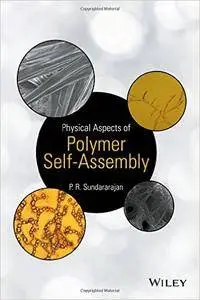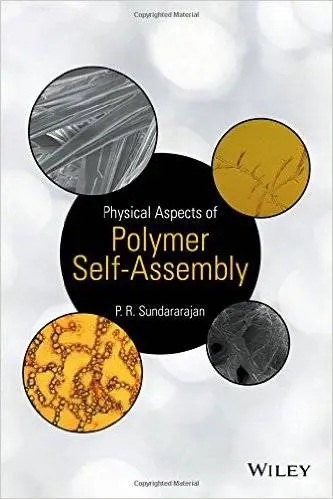Physical Aspects of Polymer Self-Assembly
Wiley | Engineering | December 5, 2016 | ISBN-10: 1118543785 | 384 pages | pdf | 17.1 mb
Wiley | Engineering | December 5, 2016 | ISBN-10: 1118543785 | 384 pages | pdf | 17.1 mb
by P. R. Sundararajan (Author)
Offering an overview of principles and techniques, this book covers all major categories of self-assembled polymers – properties, processes, and design. Each chapter focuses on morphology, applications, and advanced concepts to illustrate the advantages of polymer self-assembly across industrial and academic research.
• Provides an organized, comprehensive overview of polymer self-assembly, its fundamentals, principles, and applications
• Includes chapters on block copolymers, amphiphilic polymers, supramolecular polymers, rotaxenes, polymer gels, dendrimers, and small molecules in polymer matrices
• Focuses on novel applications, block copolymer assembly to nanotechnology, photonics and metamaterials, molecular machines and artificial muscle, gels that can be applied to polymer science, materials science, and nanotechnology
• Examines state-of-the-art concepts, like lithographic patterning and foldaxane
• Discusses challenges and future outlook of a popular and emerging field of study
About the Author
P. R. Sundararajan, PhD, DSc, is a Professor in the Department of Chemistry at Carleton University in Ontario, Canada and has over 40 years of academic and industry experience in polymer chemistry. He has held positions as the NSERC-Xerox Industrial Research Chair Professor, Director of the Ottawa Carleton Chemistry Institute, Associate Chair of Graduate Affairs at the university, and Principal Scientist, Manager, and Project Leader at the Xerox Research Center of Canada. His current research focuses on the morphology of self-assembly systems, macromolecular nanotechnology, organo- and polymer gels and the morphology of polymer composites in confined systems. He is a winner of the Macromolecular Science and Engineering Award of the Chemical Institute of Canada, Materials Chemistry Award of the Canadian Materials Society and is a Fellow of the Chemical Institute of Canada. He was the President of the Canadian Society for Chemistry and the Chair of the Chemical Institute of Canada.
Topics
Materials
Chemical Engineering
Polymer Science
Nanotechnology
Organic Chemistry
Keep Track of the latest Academic books by Clicking Here



